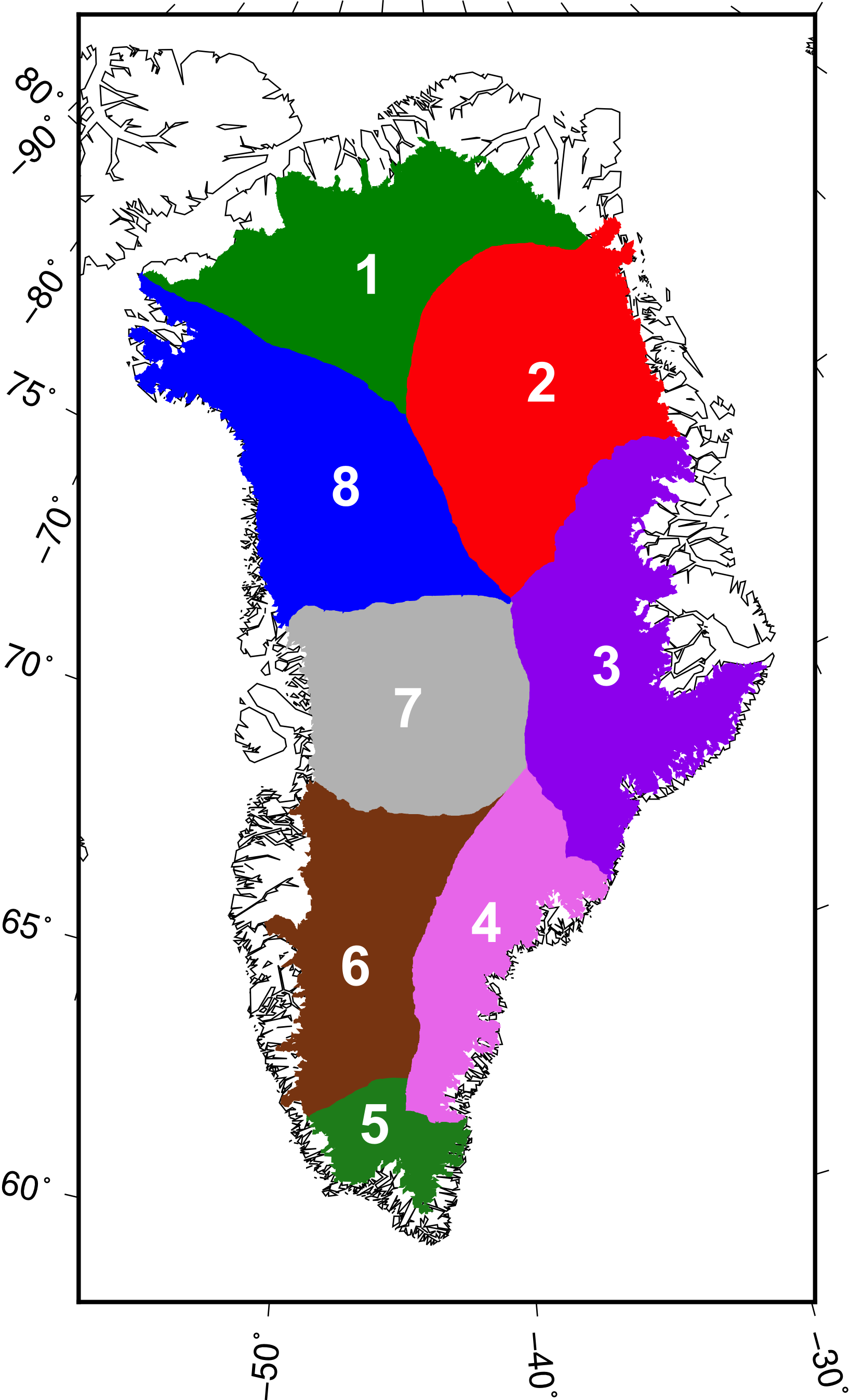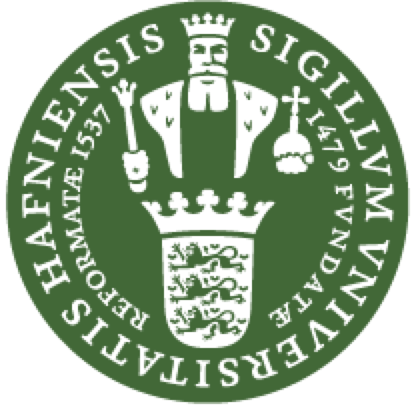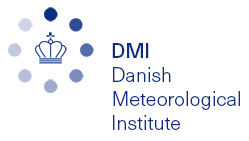Gravimetric Mass Balance
The Gravity Recovery and Climate Experiment (GRACE) twin satellites have been measuring changes in the Earth’s gravitational field between 2002 and 2017. Its follow-on mission GRACE-FO continues the time series since 2018. Time-variable gravity fields can be used to infer mass changes and mass redistributions in the Earth’s subsystems (e.g. the cryosphere). Mass variations of the Greenland Ice Sheet (GIS) can be measured with an accuracy of around 20 Gt/yr. In order to meet the IGOS (Integrated Global Observing Strategy) requirements as outlined in the GCOS-154 document systematic observation requirements for satellite-based data products for climate - 2011 Update: Supplemental details to the satellite-based component of the “Implementation Plan for the Global Observing System for Climate in Support of the UNFCCC (2010 Update)”, the Greenland Ice Sheet cci (GIS_cci) produces li Mass Balance (GMB) products for the Greenland Ice Sheet from GRACE and GRACE-FO measurements. These products comprise monthly mass change time series for the entire GIS and different drainage basins as well as gridded mass change trends over different 5-year periods between.
GRACE/GRACE-FO data are available from different processing centres, including the Center for Space Research (CSR) at University of Texas, and the GeoForschungsZentrum (GFZ). Here, we use the CSR RL06 solution series (http://www2.csr.utexas.edu/grace/RL06.html), which includes spherical harmonic coefficients up to degree lmax=96.
Monthly spherical harmonic coefficients of changes in the Earth’s gravity field are available for the mission period. Different processing algorithms exist in order to derive the required information from the available data for the GIS. The round robin (RR) exercise carried out during the second phase of GIS_cci by TU Dresden has confirmed that the mass inversion and spherical harmonic filtering methods give comparable results. Therefore the GIS GMB setup is primarily based on the inversion method, method applied by DTU Space, where a direct estimate of mass changes are done in a direct least-squares generalized inverse processing. The choice of this method secures a consistency with the current Danish Polar Portal data (http://polarportal.dk), and a better and more explicit separation of Greenland mass changes from the mass changes from adjacent ice caps, especially northern Canadian ice caps in Ellesmere, Devon and Baffin Island. Details of the inversion method is outlined in the ATBD document. In addition, a second GMB product based on the regional integration approach using tailored sensitivity kernels is provided by TU Dresden.
As specified in the User Requirements Document (URD), user requirements for a gravimetric mass balance product (GMB) were found through a user survey for the Antarctic Ice Sheet cci (AIS_cci). The results were adopted for the GIS_cci. The product requirements for the GMB product are outlined below:
| MINIMUM spatial resolution | 100 km |
| OPTIMUM spatial resolution | - |
| MINIMUM temporal resolution | Annual |
| OPTIMUM temporal resolution | Monthly |
| MINIMUM accuracy | 20 GT/yr |
| OPTIMUM accuracy | - |
| What times are observations needed | all year |
The drainage basins used are an aggregation of those described by Zwally et al. (2012). The figure below shows the outline of the basins. They are also employed for the GMB RR exercise.

The following movie file shows the CCI Greenland mass loss 2002-2020 from GRACE and GRACE-Follow On, both as a time series for the entire ice sheet, and monthly mass changes. Total mass loss show in Giga-Ton (GT); 362 GT of ice melt corresponds to a global sea level rise of 1 mm. The specific CCI data set is produced TU Dresden, all data available at the links provided below.
Click here to browse and download Gravimetric Mass Balance products
Products by TU Dresden are also available directly from https://data1.geo.tu-dresden.de/gis_gmb/.

![Science [&] Technology](/sites/default/files/documents/admin/Partner Logos/st_logo.jpg)







